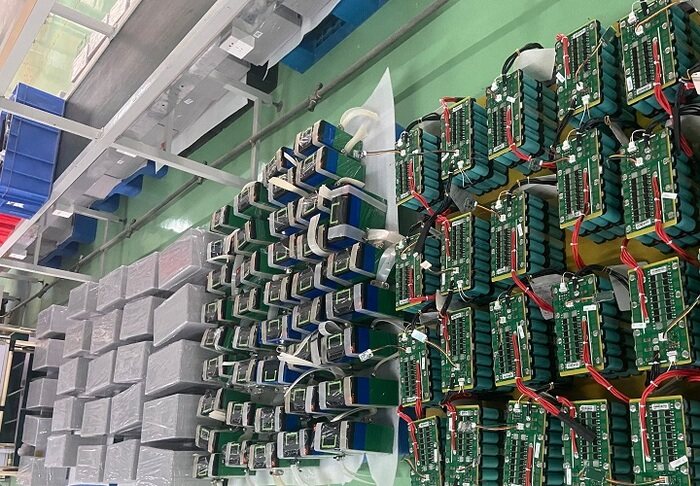How do lithium-ion batteries work?
Lithium-ion is a battery that uses materials containing lithium as electrodes, and it is a representative of modern high-performance batteries. There are many fields in our life where lithium batteries are used, such as electric cars, golf carts, RVs, yachts, solar energy, etc. It can be said that it is now an indispensable power source in our life and work.
Lithium ion battery is a kind of battery that can be recharged, and it mainly relies on the movement of lithium ions between the positive and negative electrodes to work. Usually people call the process of lithium ions entering the positive electrode material embedded and the process of leaving called de-embedding; the process of lithium ions entering the negative electrode material is called insertion and the process of leaving is called de-insertion. Lithium-ion batteries are developed from lithium batteries. The energy density of lithium-ion battery is large, the average output voltage is also high, self-discharge is very small, the working temperature range is -20℃~60℃, its cycle performance is superior, it can be charged and discharged quickly, the charging efficiency is up to 100%, and the output power is large, the service life is long, it does not contain toxic and harmful substances, and it is called green battery. The lithium-ion secondary battery usually consists of an electrode assembly, a container to accommodate the electrode assembly, and an electrolyte.
